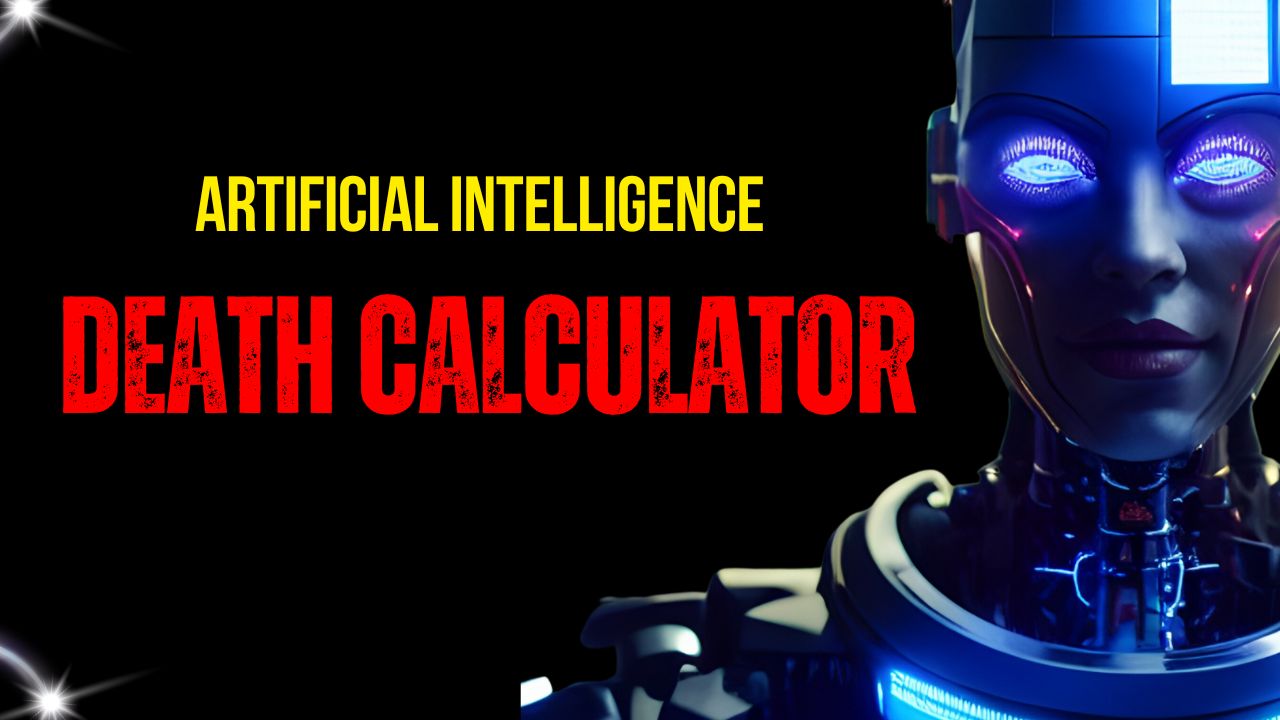
The concept of an Artificial Intelligence Death Calculator (AI Death Calculator) has captured the public imagination. This AI-powered tool claims to analyze various factors and predict a person’s likelihood of dying within a specific timeframe.
There are two main types of AI Death Calculators being explored. One focuses on individual life expectancy. This version analyzes data like age, health conditions, and lifestyle habits to estimate a user’s risk of death within a certain period, often a few years.
Another type of AI Death Calculator takes a broader approach. Here, the AI examines potential risks posed by Artificial Intelligence itself. This calculator might analyze factors like the development of autonomous weapons or the increasing role of AI in critical infrastructure. The goal is to identify scenarios where AI could cause widespread harm and estimate potential casualties.
The accuracy of both Artificial Intelligence Death Calculator types is debatable. For individual predictions, the data used for training and the specific algorithms employed can significantly impact results. Similarly, broader AI risk calculators rely on complex simulations and assumptions about future technological advancements.
Despite the uncertainties, AI Death Calculators offer intriguing possibilities. For individual users, they can prompt reflection on health and lifestyle choices. On a broader scale, AI Death Calculators for potential AI risks can inform policy decisions and safety protocols as Artificial Intelligence continues to evolve.
It’s important to remember that the Artificial Intelligence Death Calculator is not a fortune teller. They are tools that can provide insights and encourage proactive measures. Whether focused on individual well-being or the potential pitfalls of AI, the ultimate goal of these calculators is to promote a longer, safer future.







